Bright sparks: the 12 best starter tips for the DJI Spark
Get off to a flying start with our favourite teeny quadcopter...
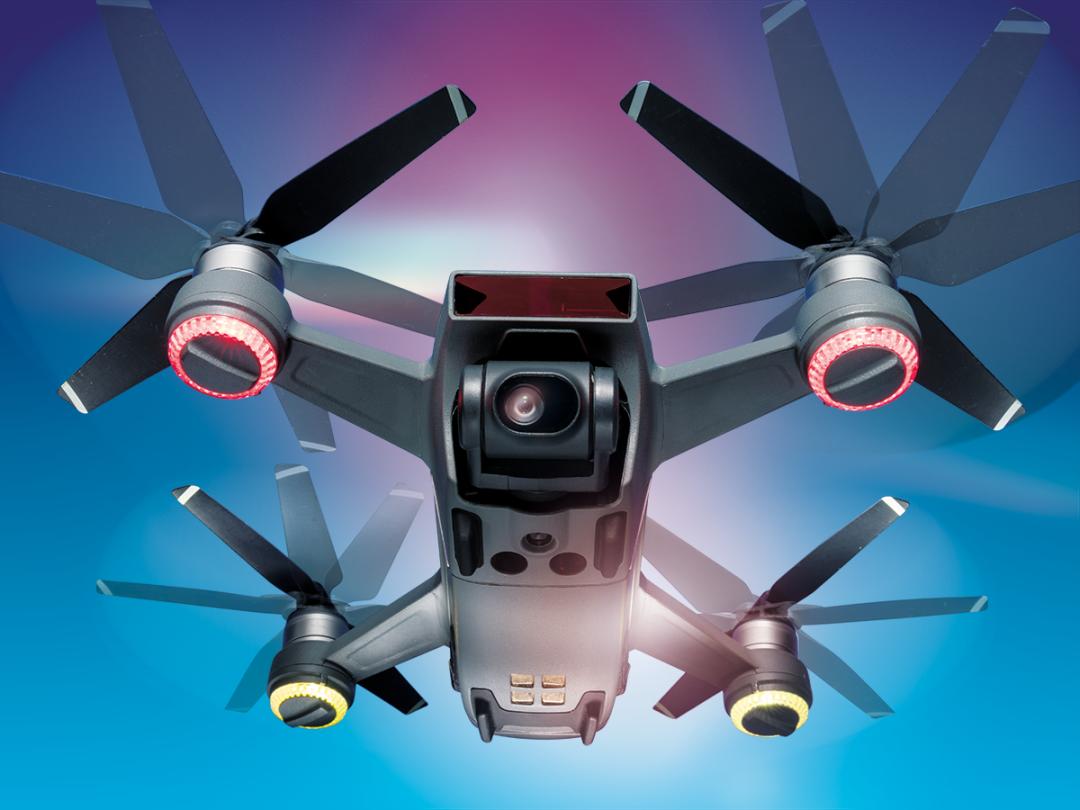
The Spark may be DJI’s smallest, most user-friendly camera drone yet, but it’s no toy.
In the hands of a skilled pilot it’s a very capable flying machine, and a very decent aerial photography tool. We’ve written this guide to help you go beyond the Spark’s basic selfie-snapping functionality – flying it in more interesting ways, using more interesting features and enhancing its innate talents with the best app and accessory add-ons.
So read on, ready your drone and lift off into a world of fresh possibilities.
1) Make a take-off and landing pad
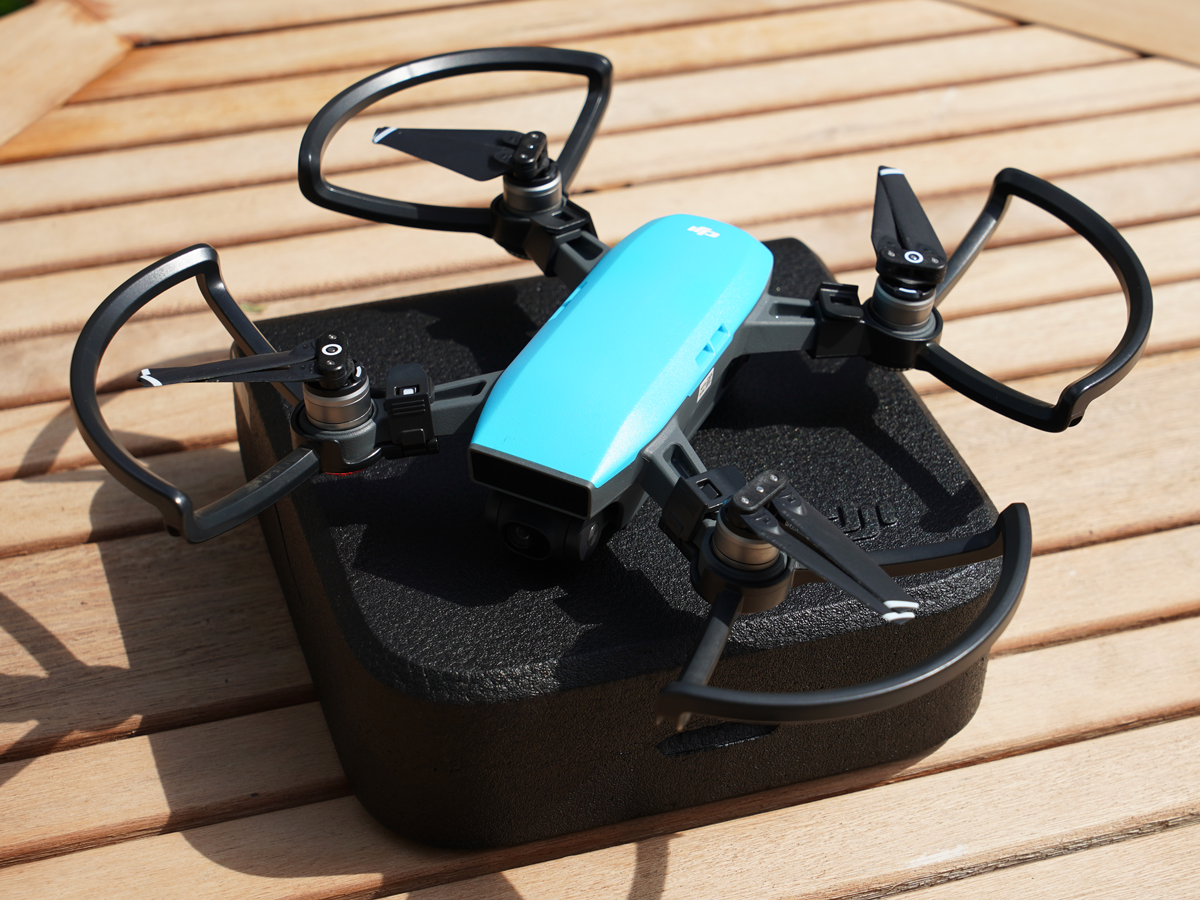
The Spark’s stubby landing gear means taking off from tricky surfaces like a sandy beach or grassy field isn’t recommended.
To avoid aborted take-offs and wrecked rotor blades, use the drone’s carry case as a take-off and landing pad. Or if you’re feeling fancy, launch it right out of your hand using the Gesture piloting mode (power it up, hold it out pointing towards you, then double-tap the power button).
You can even have the Spark land on your palm by holding it out underneath the drone in this mode; it’ll detect your hand and plop right down on it.
2) Earn mad props
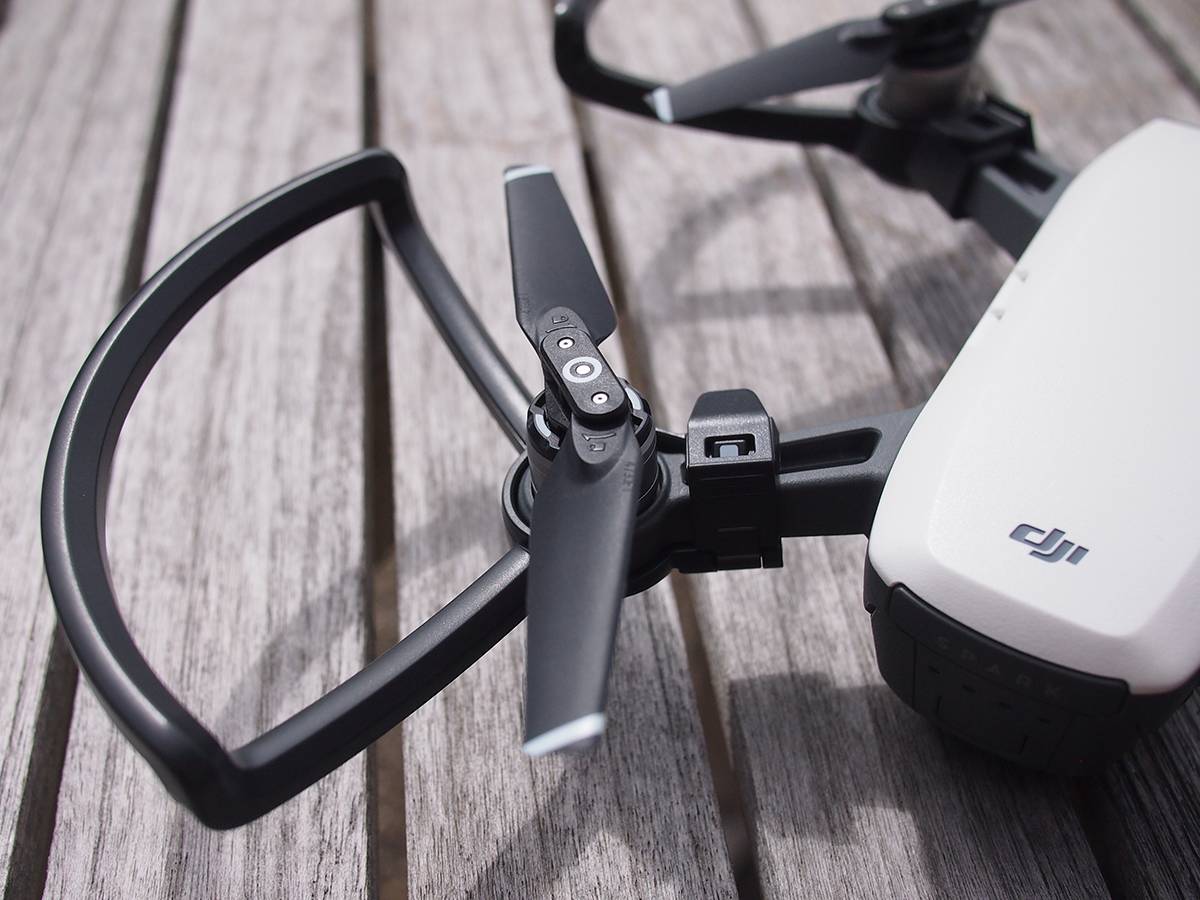
Until you’re a Spark maestro, use your prop guards. That bears repeating: unless you’re really, really comfortable flying the Spark, snap on these plastic guards and make sure those rotors don’t chop anything they’re not supposed to (your mum’s roses, your collection of antique Ming vases, your eyeballs).
It protects the props as well as people and property, too: if they hit a hard surface while flying, they’re liable to shear off, which’ll mean you need to shell out for replacements (which cost £9 a pair).
3) Be a gesture genius
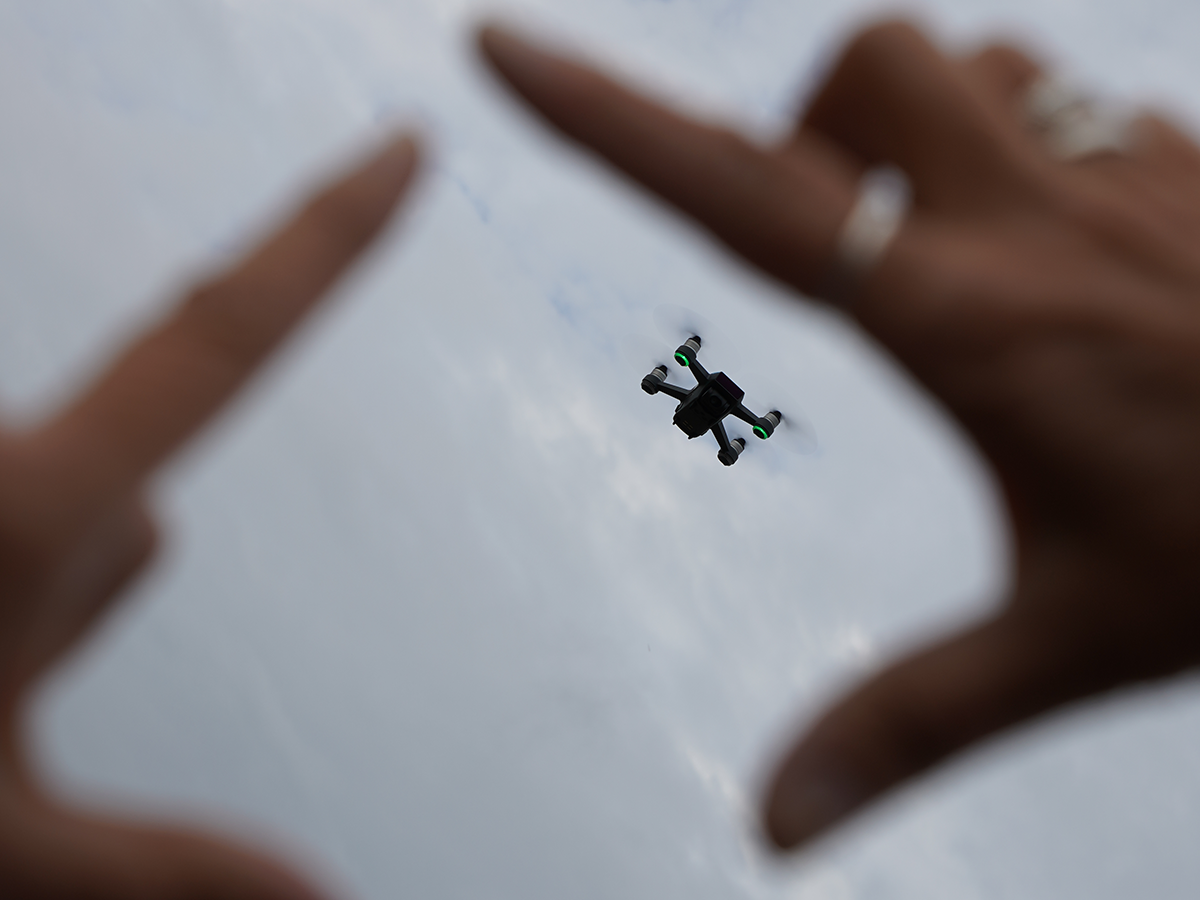
Gesture mode shouldn’t be rushed straight into – familiarise yourself with how the Spark flies using your smartphone first. When you’re comfy with that, use the DJI Go app to learn all the gestures and, just as importantly, what the light signals mean.
For example, with Palm Control if the front LEDs are red, the drone won’t follow you; if they’re yellow, the camera is trying to locate your palm; if they’re green, it’s locked onto your hand and is tracking as intended. Once you’re fluent in Spark-speak, you’ll spend far less time waving at your confused drone and more time snapping selfie gold.
4) Snatch and grab
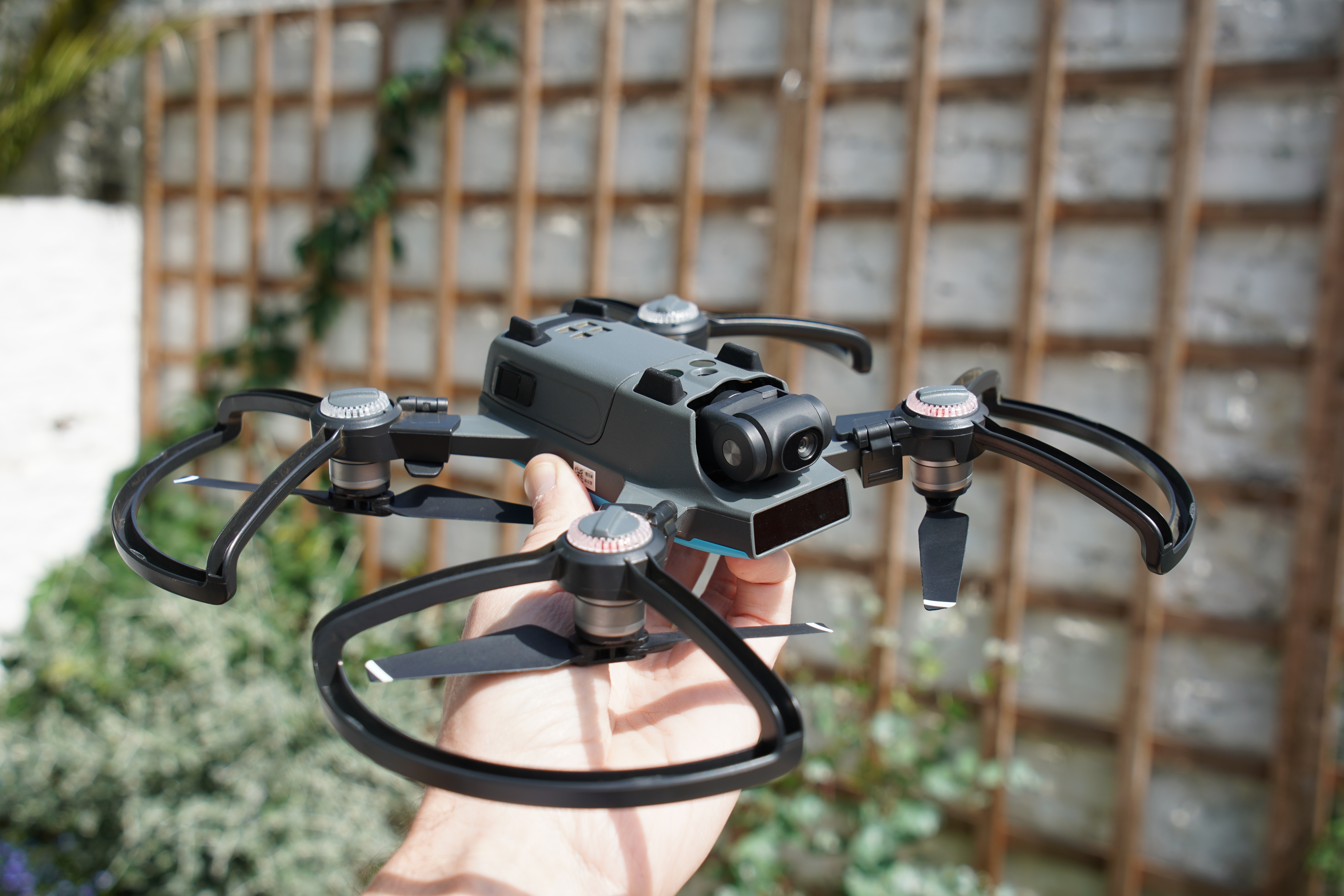
If you’re having trouble piloting the Spark – it’s not responding to gestures, say – and you’re worried about it drifting off and crashing, you can perform an emergency motor stop by grabbing the drone from underneath and flipping it over.
Make sure to grab it on the dark grey section of the body, to avoid the rotors slicing up your fingers. We speak from experience.
This manouevre can be a particularly valuable move when flying indoors, where GPS isn’t available and the Spark is prone to drifting.
5) Play it smooth with Tripod mode
The responsiveness of the Spark’s regular flight mode is handy when positioning it for stills shooting or when you want to get it somewhere quickly, but it can be a bit jumpy and jerky when shooting aerial videos.
Want smoother, silkier pans and tracking shots? Tap the control icon on the left side of the screen, then select Tripod mode. This reduces movement and turn speed but helps deliver footage that looks like it’s been shot for HBO rather than MTV.
6) Get sporty
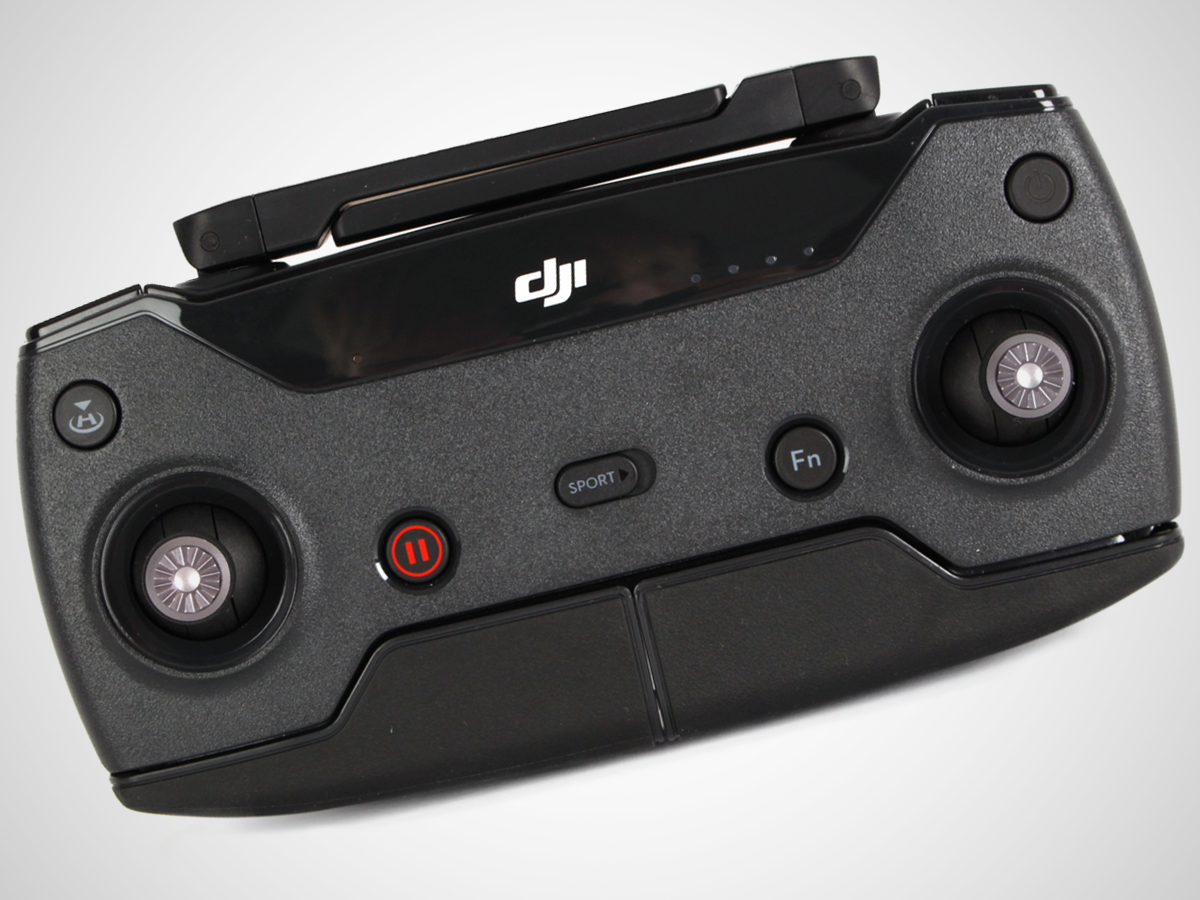
If you’ve bought the Spark’s Fly More Combo, flick the controller’s “Sport” slider to the right to engage the Spark’s fastest, most responsive and most exhilarating flying mode.
Boosting turning time, the rate of ascent and descent, and increasing the drone’s top speed to a zippy 31mph, Sport mode is perfect if you want to burn off some manic energy and buzz around like a swarm of meth-addled bees.
But be warned: collision detection doesn’t work in Sport mode, so the Spark won’t stop itself if you pilot it straight into a wall, tree or electricity pylon. Enjoy responsibly…
Download these…
7) Litchi (from £20)
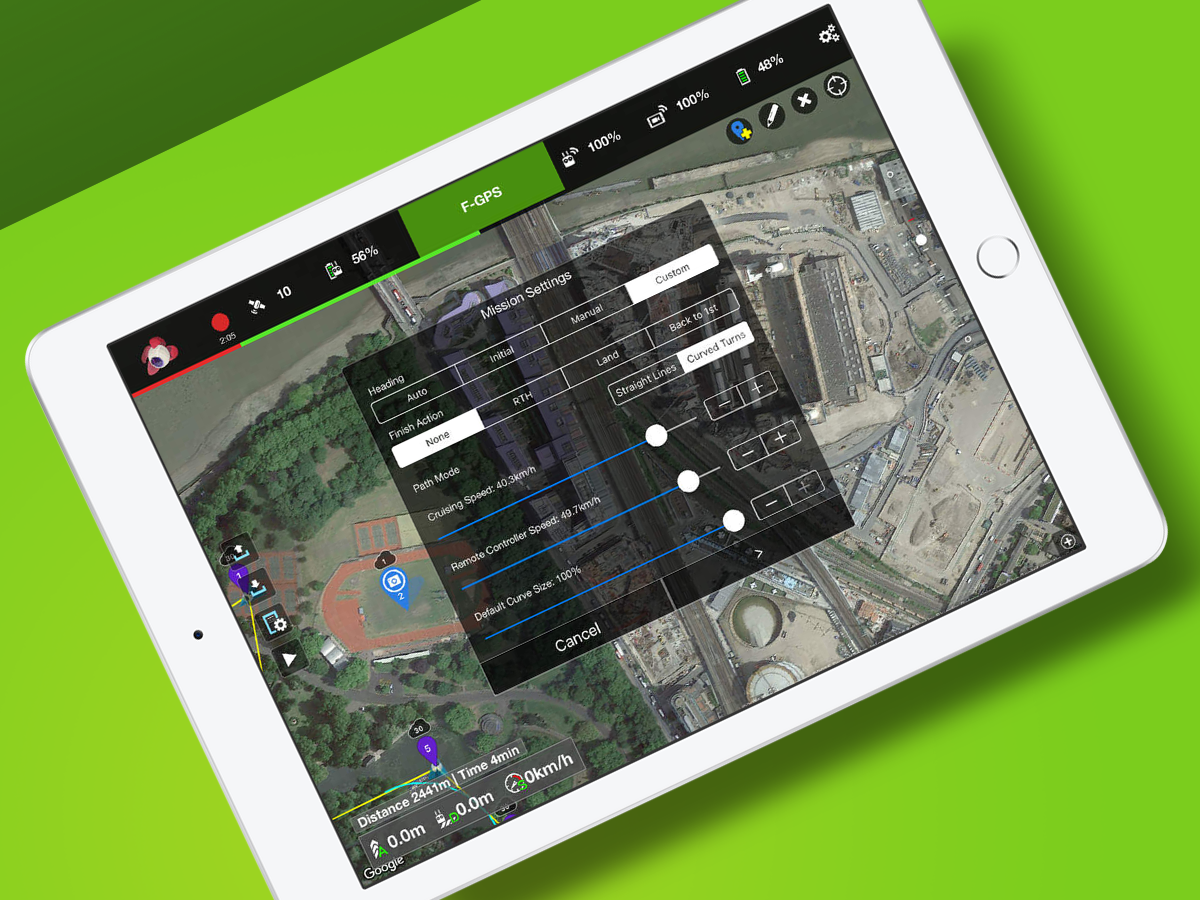
The Spark’s automated flight modes are fine for getting you on the path to great aerial footage, but if you want to delve a bit deeper into autopilot consider Litchi, which adds more automatic modes to DJI’s drones.
Sadly, the Spark doesn’t support Litchi’s Waypoint and Orbit modes at present, but you’ll be able to shoot automatic panorama shots, track moving objects and have the Spark follow a second smartphone running the (free) Litchi Magic Leash app.
8) NATS Drone Assist (£free)
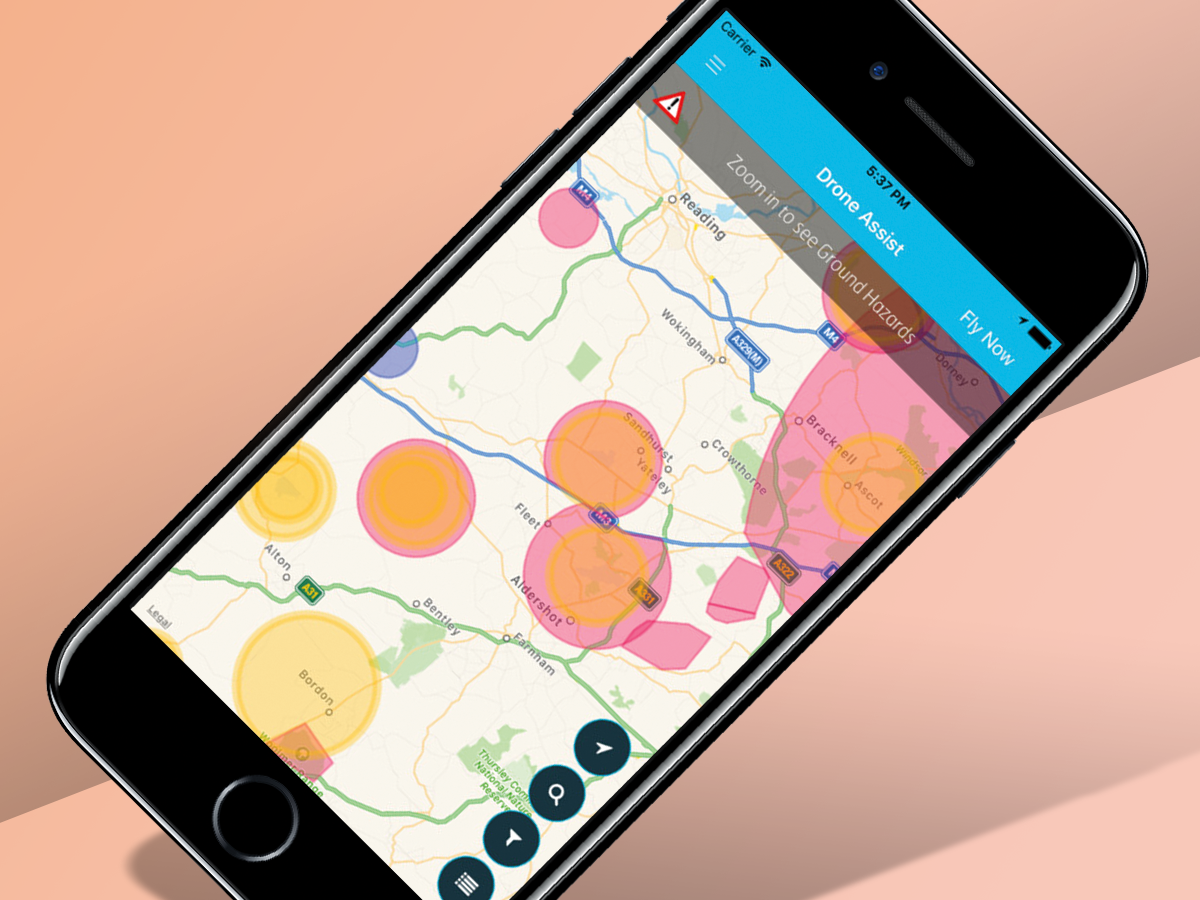
With the ever-increasing slew of rules and regulations surrounding drone-flying, it’s all too easy to fall foul of the law when piloting your Spark. That’s why NATS, the UK’s air traffic control provider, made this app, which warns you of ground hazards (sports venues, pylons etc.) and areas where airspace is restricted (airports, royal parks) in your immediate area.
You can also file a flight plan (although that isn’t required by law… yet), which other app users in the area will be able to see.
9) Sun Surveyor (from £6.99)
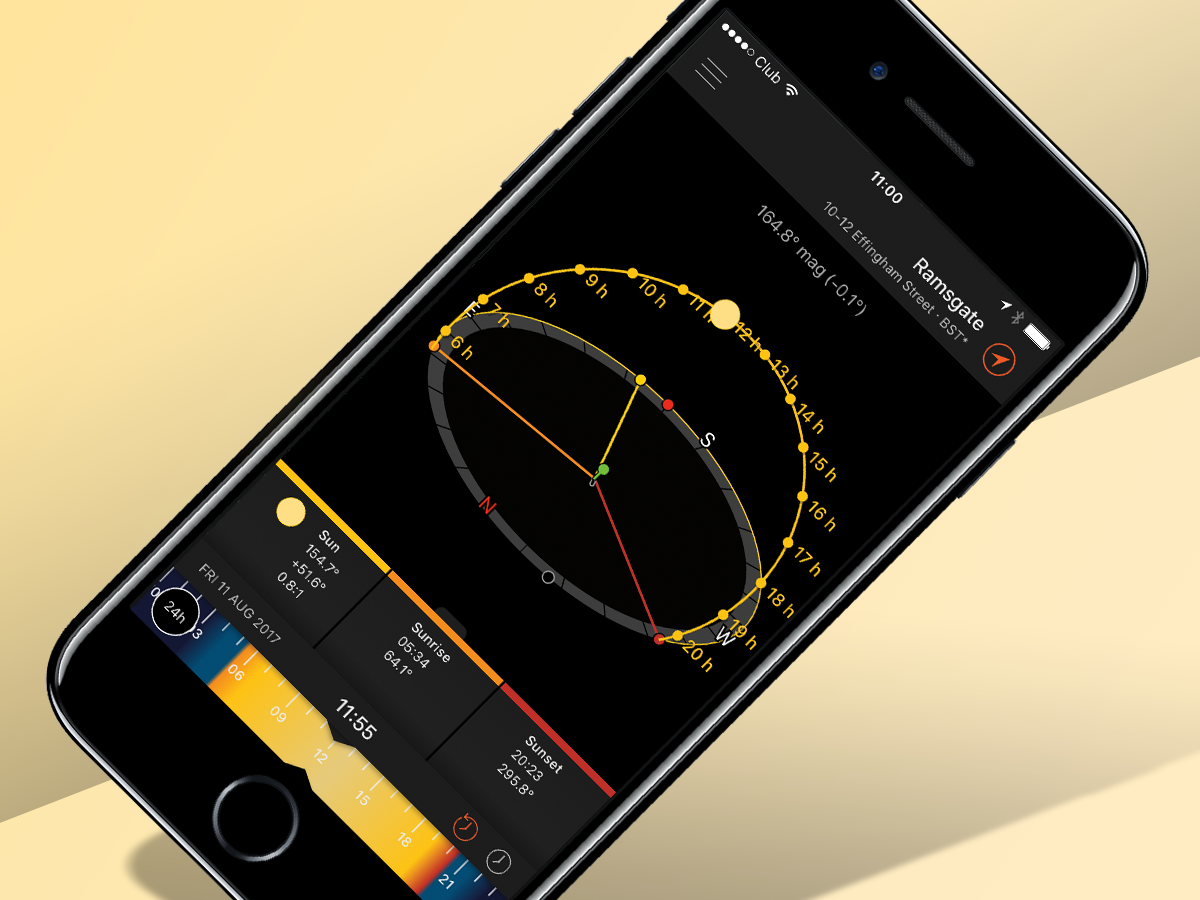
Want your Spark to capture beautiful sunrises and sunsets (thereby guaranteeing yourself a serotonin-inducing avalanche of Facebook and Instagram likes)? This app, available in feature-rich premium and “streamlined” (but still useful) free editions, makes it easy to plan your shots.
It uses your phone’s compass and GPS to tell you when and where sunrise and sunset are going to occur, relative to your current location. Pick your spot you’ll know precisely when to get the Spark in the air, and where to point it.
Now add these…
10) Improve your view
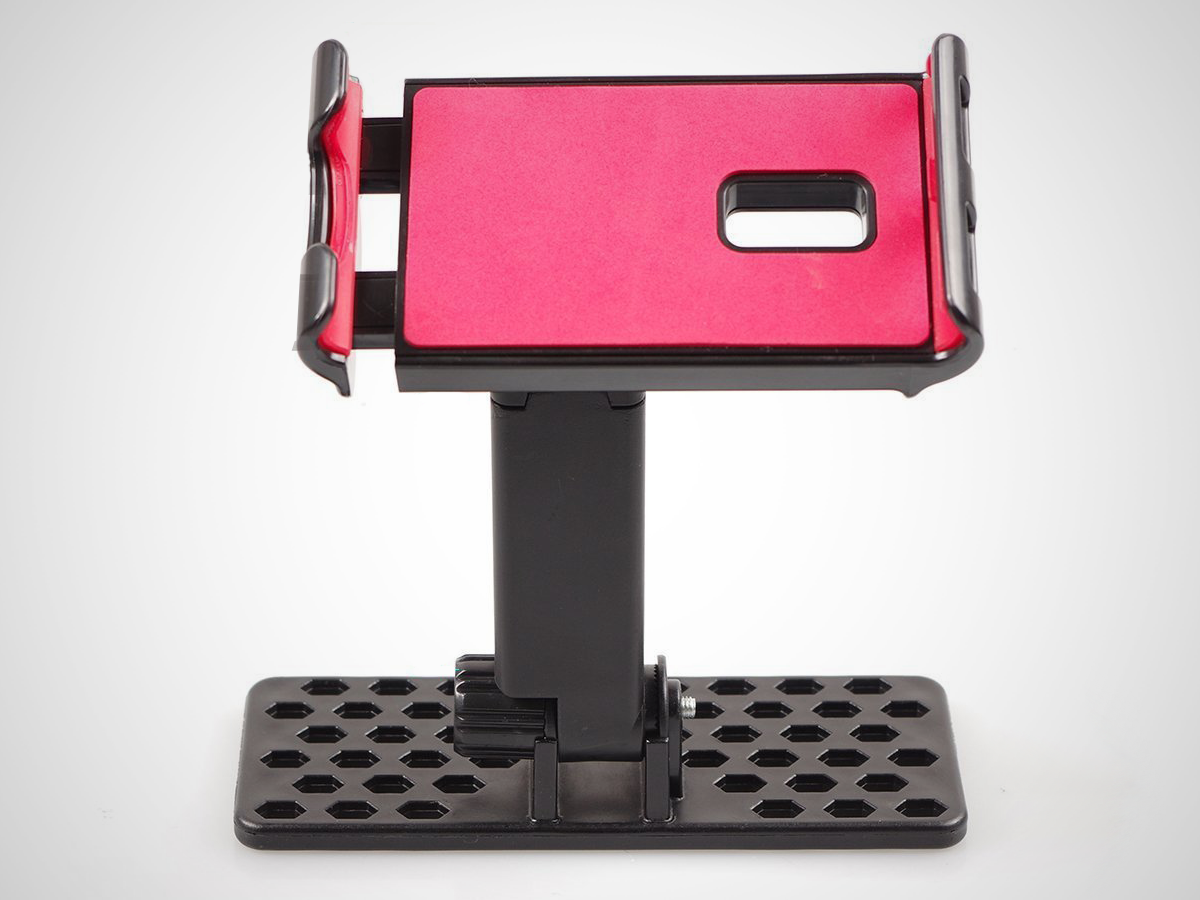
The Spark’s controller can accommodate a smartphone (even larger models like the Samsung Galaxy S8+) in its built-in gripping jaws, but if you ever find yourself squinting at your mobile when flying and wishing for a bigger display, consider investing in a mount like this.
With it, you can clamp a tablet up to 10in or so in size to the controller, letting you view your Spark’s video feed at maximum detail.
11) Get a better connection
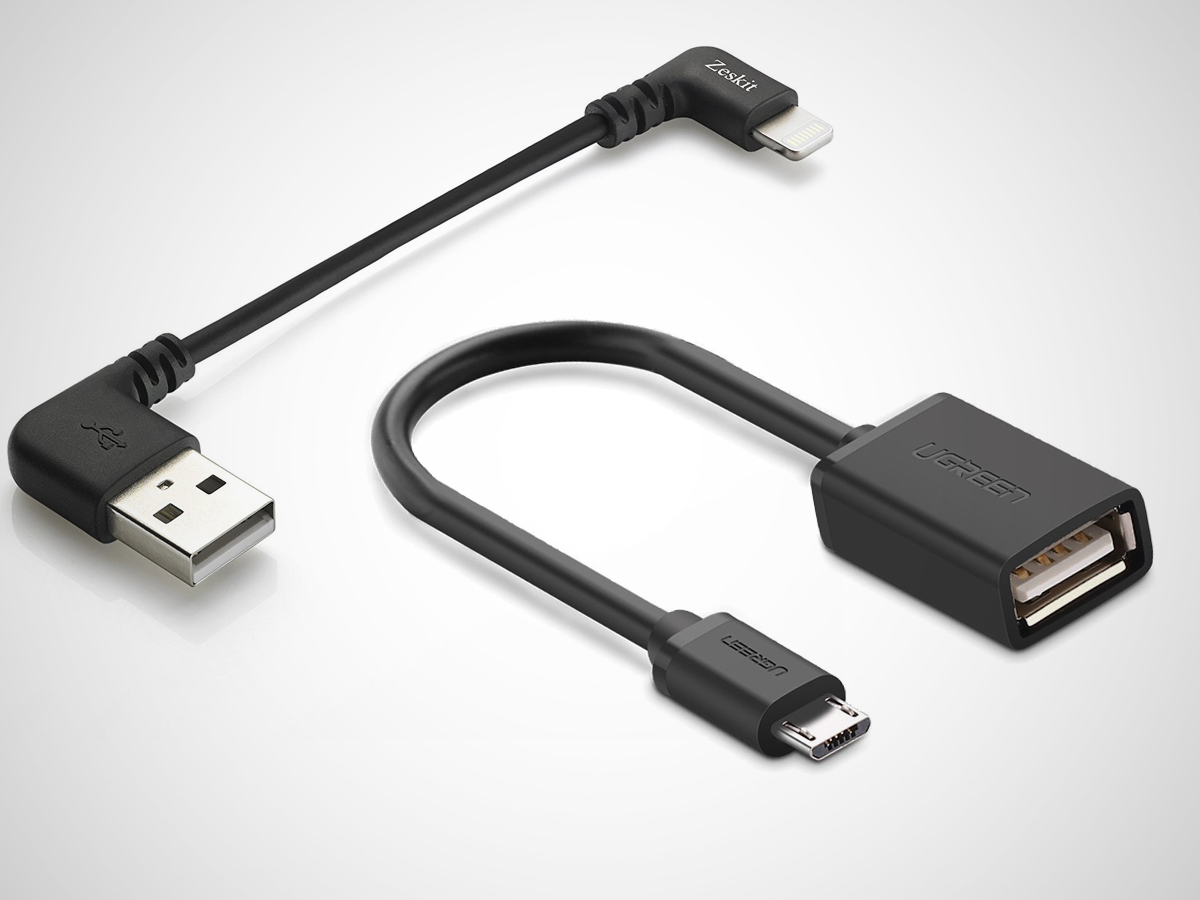
By default, your phone and the Spark controller connect to each other via Wi-Fi. Yes, even though they’re literally slotted together. But you can create a far more reliable wired connection between the two with a couple of cords: a short Lightning/micro USB/USB-C to male USB cable (depending on which phone you use) and a micro USB to USB On The Go adapter.
Expect to pay around £10 for the pair. And don’t forget to tell your phone to “forget” the controller’s Wi-Fi network too.
12) Be a hard case
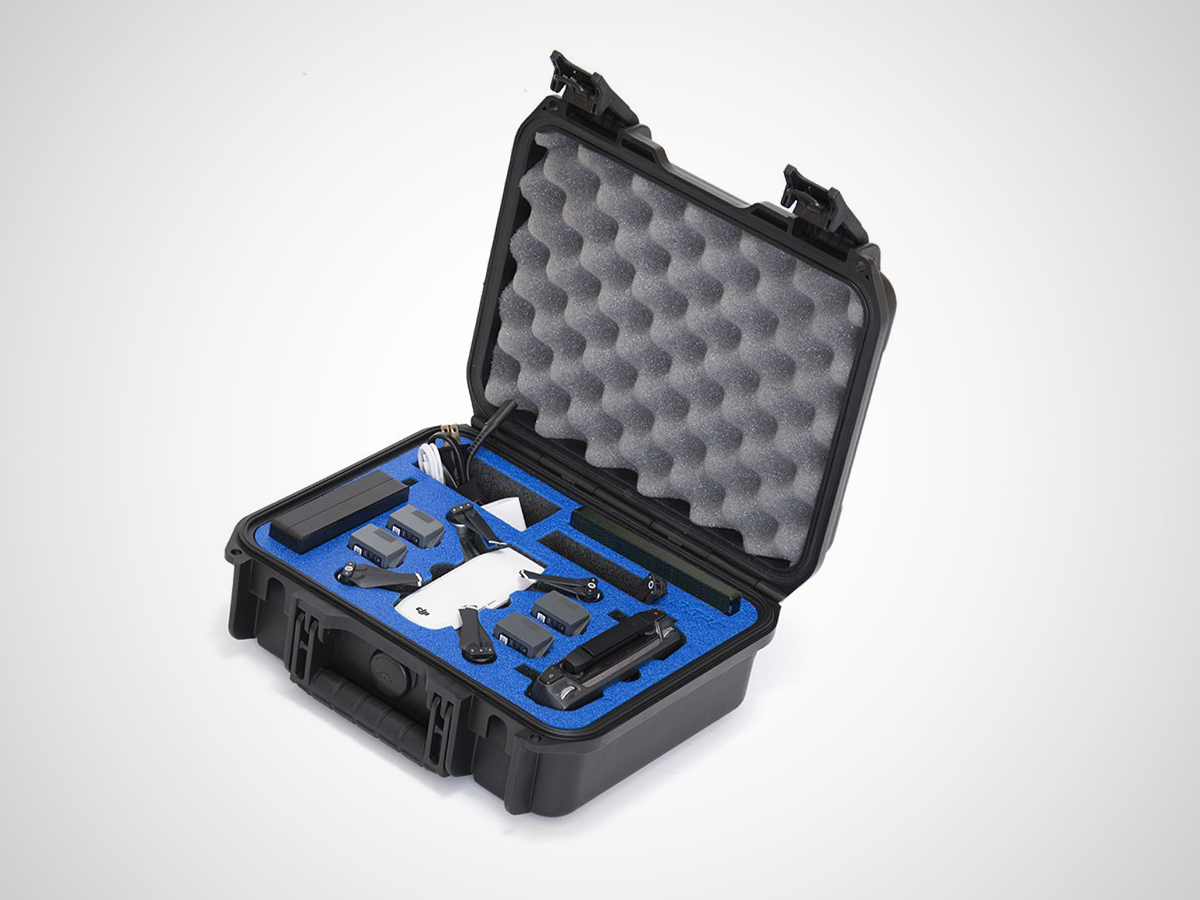
The Spark’s polystyrene foam case is sturdy and small, but not perfect: it’s not built for truly rough treatment, and it doesn’t have space for the controller, charger, extra batteries or the prop guards.
If you’re looking for luxe lugging, the dust-proof, watertight and floating hard cases from Go Professional take things to another level. As well as being tougher than a tank, it offers room for the Spark, its controller and more, so you won’t need to bring additional cases for the extras.



